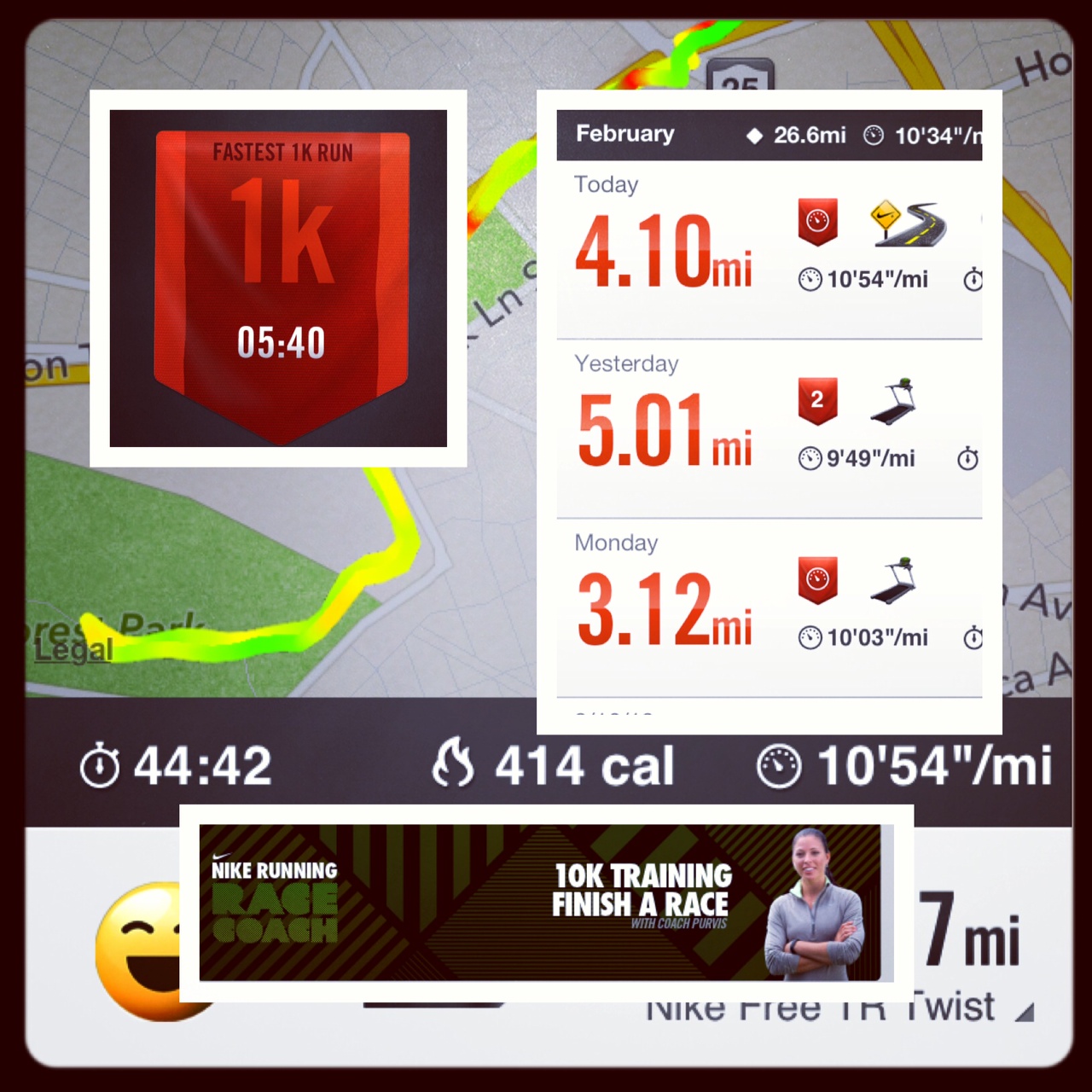

Without proper training, you may not have the endurance to complete the race and could put yourself at risk of injury. No, it is not recommended to try to run a 10K without training. Remember, while these tips can help you complete a 10K without formal training, it’s important to acknowledge that training properly will yield better results and reduce the risk of injury. Stay positive, celebrate your progress, and have fun along the way. Enjoy the process: Running should be an enjoyable activity.They can also offer guidance and share their running experiences. Find a running buddy: Running with a partner or joining a running group can provide motivation and support.Ill-fitting or worn-out shoes can increase the risk of injury. Pay attention to your shoes: Invest in a good pair of running shoes that provide proper support and cushioning for your feet.After running, cool down with some gentle stretching exercises. Warm up and cool down: Before each run, warm up with some light dynamic stretches and a brisk walk.Include regular rest days in your schedule to prevent overexertion and reduce the risk of injury.

Incorporate rest days: Rest is essential for your body to recover and adapt to the demands of running.Hydration is crucial for maintaining performance and preventing dehydration. Stay hydrated: Drink water before, during, and after your runs.Avoid starting too fast, as this can lead to exhaustion early on. Pace yourself: Start at a comfortable pace and maintain a steady rhythm.If you experience sharp pain or persistent discomfort, it’s essential to rest and consult a medical professional if necessary. Listen to your body: Pay attention to any pain or discomfort during your runs.Don’t aim for a specific time instead, focus on completing the distance comfortably. Set realistic goals: Be aware of your fitness level and set achievable goals.As you progress, gradually increase the running portion and decrease the walking breaks. Alternate between running for a short distance and walking to recover.




 0 kommentar(er)
0 kommentar(er)
